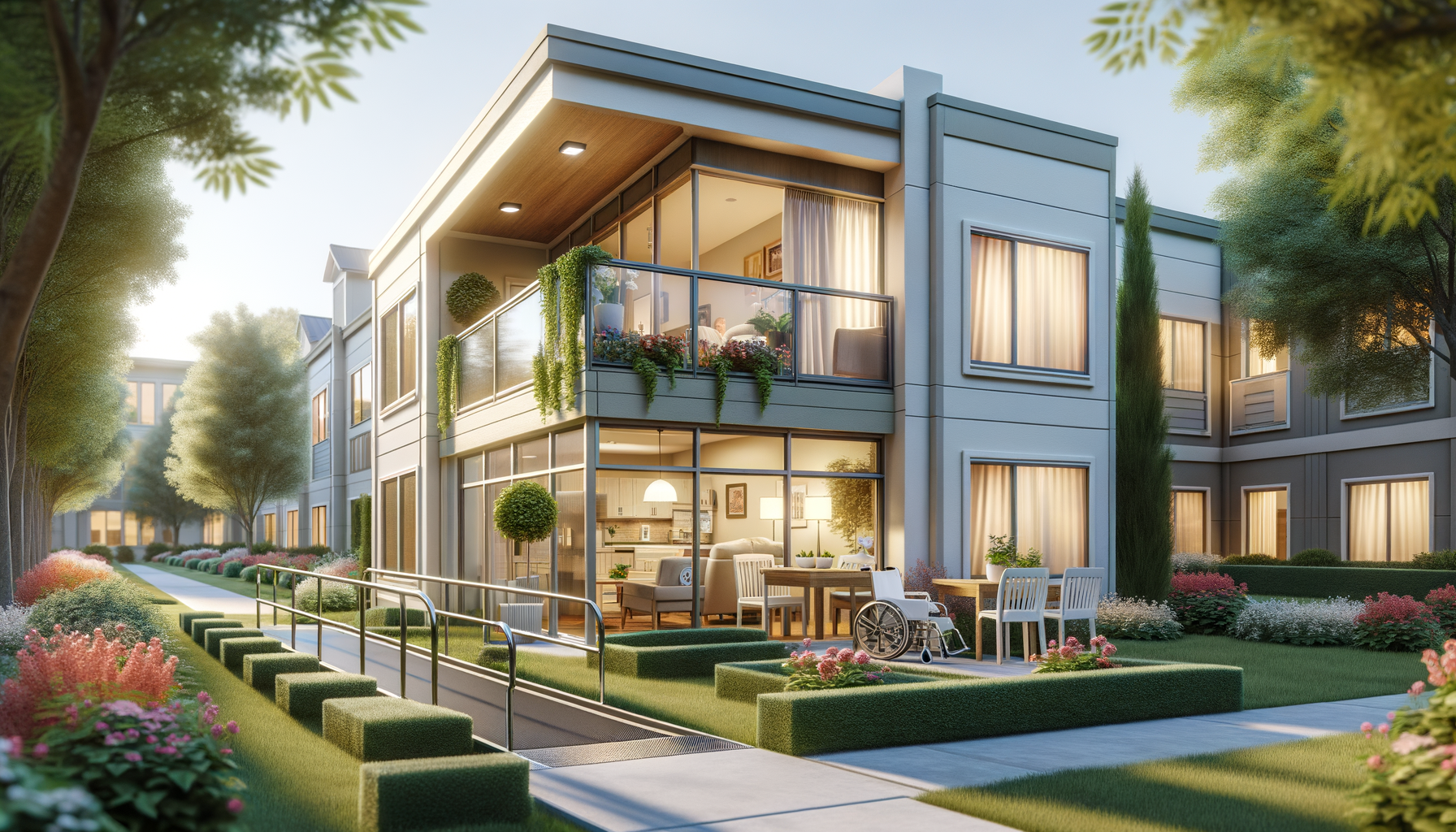
How Cost Plays a Role in Affordable Senior Living Choices
Introduction to Affordable Senior Living
As the population ages, the demand for senior housing options grows, prompting many to explore affordable senior apartments. These living arrangements offer a blend of independence and community, tailored to the unique needs of older adults. Understanding the importance of cost in these decisions is crucial, as it often dictates the quality and type of living environment one can afford. This article delves into the various factors influencing the affordability of senior apartments, helping seniors and their families make informed choices.
Factors Influencing the Cost of Senior Apartments
The cost of senior apartments can vary widely based on several key factors. Firstly, the location plays a significant role. Apartments in urban areas tend to be more expensive due to higher demand and living costs. Conversely, rural or suburban areas might offer more affordable options. Secondly, the size and type of the apartment, such as whether it’s a studio or a one-bedroom unit, can impact the price. Additionally, the amenities and services provided, such as housekeeping, meal plans, and recreational activities, can add to the overall cost.
Moreover, the age and condition of the facility influence pricing. Newer buildings with modern amenities might charge a premium compared to older establishments. It’s also important to consider the financial model of the apartment complex, whether it’s rental-based or requires a buy-in fee, as this can significantly affect affordability. By examining these factors, seniors can better understand what they are paying for and how to budget accordingly.
Balancing Comfort and Budget
Finding the right balance between comfort and budget is a common challenge in selecting affordable senior apartments. Seniors often have fixed incomes, making it essential to prioritize spending. While luxurious amenities are appealing, they might not be necessary for everyone. Instead, focusing on essential services that enhance quality of life, such as healthcare access and transportation, can provide more value for money.
Creating a list of must-have features versus nice-to-have amenities can help in making these decisions. For instance, proximity to family and healthcare facilities might be more critical than having a swimming pool or a fitness center. It’s also beneficial to explore financial assistance programs or subsidies that might be available to help offset costs. By aligning personal needs with financial capabilities, seniors can find a living situation that offers both comfort and affordability.
Exploring Financial Assistance Options
Many seniors are unaware of the financial assistance options available to help make senior apartments more affordable. Government programs, such as housing vouchers or subsidies, can significantly reduce living costs. Additionally, non-profit organizations often provide financial aid or support services to help seniors manage their expenses.
It’s advisable for seniors and their families to research and apply for these programs early, as there might be waiting lists or eligibility criteria to meet. Consulting with a financial advisor specializing in senior living can also provide valuable insights and guidance. By leveraging these resources, seniors can alleviate some of the financial burdens associated with housing and enjoy a more comfortable lifestyle.
Conclusion: Making Informed Choices for Senior Living
Choosing an affordable senior apartment involves careful consideration of various factors, from location and amenities to financial assistance options. By understanding these elements, seniors can make informed decisions that align with their financial situation and personal preferences. Ultimately, the goal is to find a living arrangement that offers both comfort and financial sustainability, ensuring a fulfilling and independent lifestyle in the later years.
For many older adults, selecting a senior apartment involves balancing comfort with financial planning. Factors such as unit size, services offered, and location may influence cost. Gaining a clearer understanding of these elements can support long-term housing goals.


